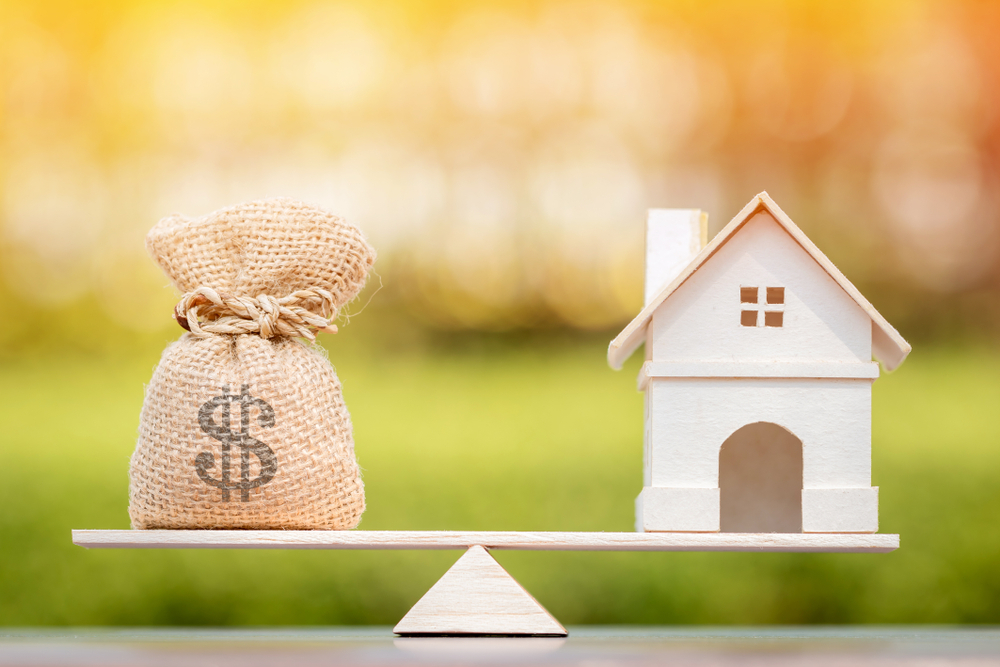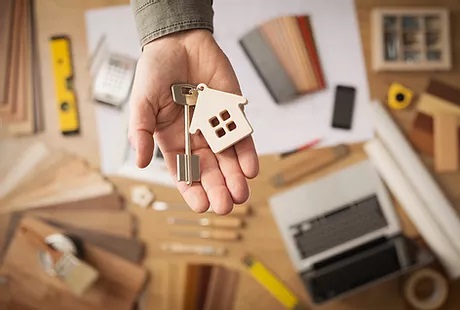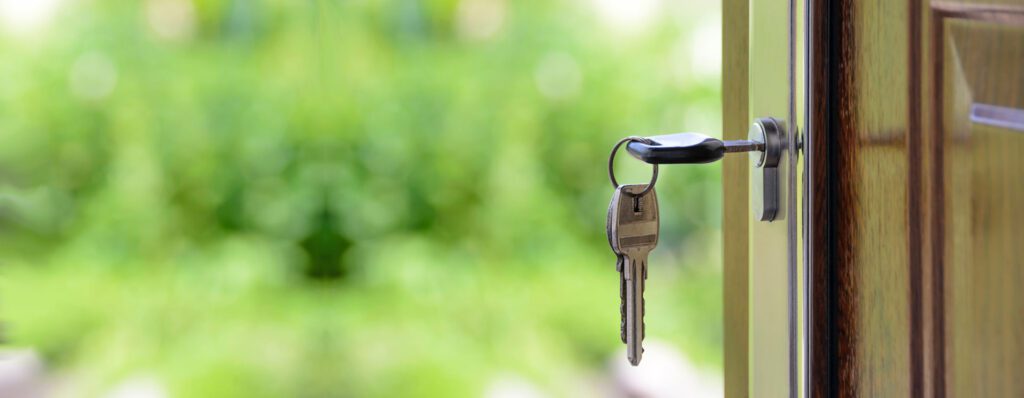Flip taxes, also known as transfer fees, were first established in New York City in the 1970s and 1980s as a mechanism for co-op buildings to raise funds so that they could engage in substantial capital renovations without raising maintenance rates for their owners (something no shareholder enjoys). Today, the flip tax provides significant revenue for buildings while preventing purchasers and investors from buying and selling co-op units in the hopes of making a rapid profit, particularly with HDFC apartments.
The use of flip taxes to acquire revenue for construction without incurring additional costs is a reliable strategy. It is a charge paid to the cooperative by a buyer or seller after selling or transferring an apartment. In addition, flip taxes might be used to pay capital renovations. To ensure that the flip tax is upheld by the courts, cooperatives and co-ops must treat all shareholders equally. Transfer taxes in New York City typically vary from 1% to 3% of the building’s ultimate sales price. The building’s closing costs include flip taxes.
What Are the NYC Flip Taxes?
There are a number of flip taxes to pick from. Before making a selection, carefully consider the advantages and disadvantages of each flip tax. Flip transfer taxes come in two forms: flat cost and per-share amount. Both require the cooperative to establish a consistent flip cost for all members. The flat fee flip tax also compels cooperatives to set a single fee for all shareholders.
Shareholders must pay a fixed dollar amount per share under the per-share amount. This strategy benefits larger property shareholders as well as people who purchased properties at reasonable prices years ago. It’s a complete disaster for stockholders who own smaller buildings or who purchased them recently. Nonetheless, it aids in the calculation of flip taxes by maintaining a certain level of order. It’s vital to note that the flip tax is not the same as the mansion taxes in New York City.
Who pays the Flip Tax?
The expense of flip taxes is usually covered by the seller. Buyers will, however, pay if the cooperative requires payment of this tax. As a result, buyers must study their real estate contract carefully to determine whether the seller will pay the NYC flip taxes.
The amount of flip taxes paid by a seller or buyer is determined by the cooperative’s requirements. They want varying amounts because there is no set amount that applies to all cooperatives. If the seller sells the property for a high price, certain cooperatives will make a greater demand. The objective is to increase the cooperative’s reserve money.
Cooperatives can vote to adjust their flip taxes. Before the board makes a final decision, every shareholder must vote. Only if the majority approves can they change the flip taxes.
What is the average flip tax in New York City?
Flip taxes are usually computed at 2% of the gross sale price, but they can range from 1% to 3%. However, in HDFC co-op, where flipping is strongly banned, flip taxes can be as high as 20-30%. (or even higher).
How to Avoid Flip Tax
The only way to avoid a flip tax is to avoid selling your property in the first place. If you are a sponsor, though, you are likely excluded from paying a flip tax. However, if you can convince a buyer to pay or divide the flip tax with you, that is usually the only method to avoid having to pay a flip tax as a seller.
CashBuyersNY can buy your house quickly and make you a full cash offer within 24 hours, or we can buy it when it’s convenient for you. You’ll love dealing with us because we’re investors and issue solvers who can buy houses and fix problems at the same time. You can contact us now or also can get an offer if you are ready to sell the house fast in NY for cash.






